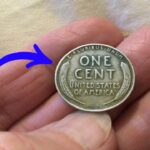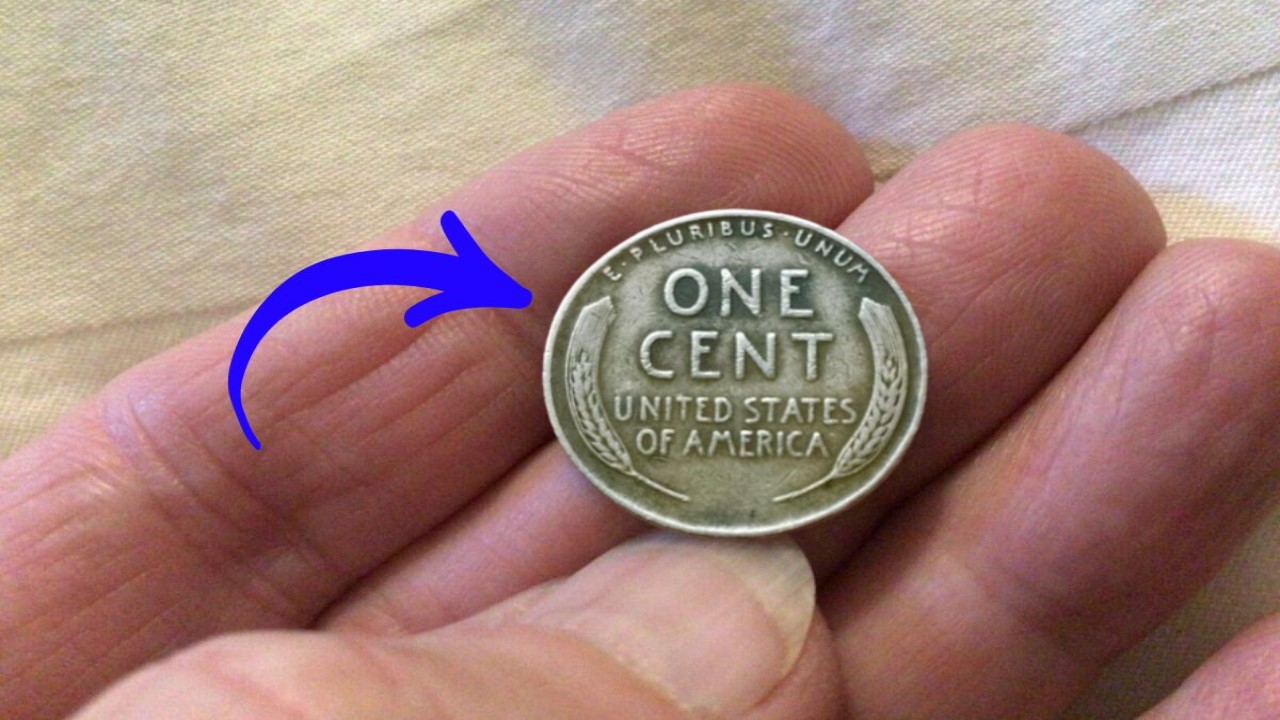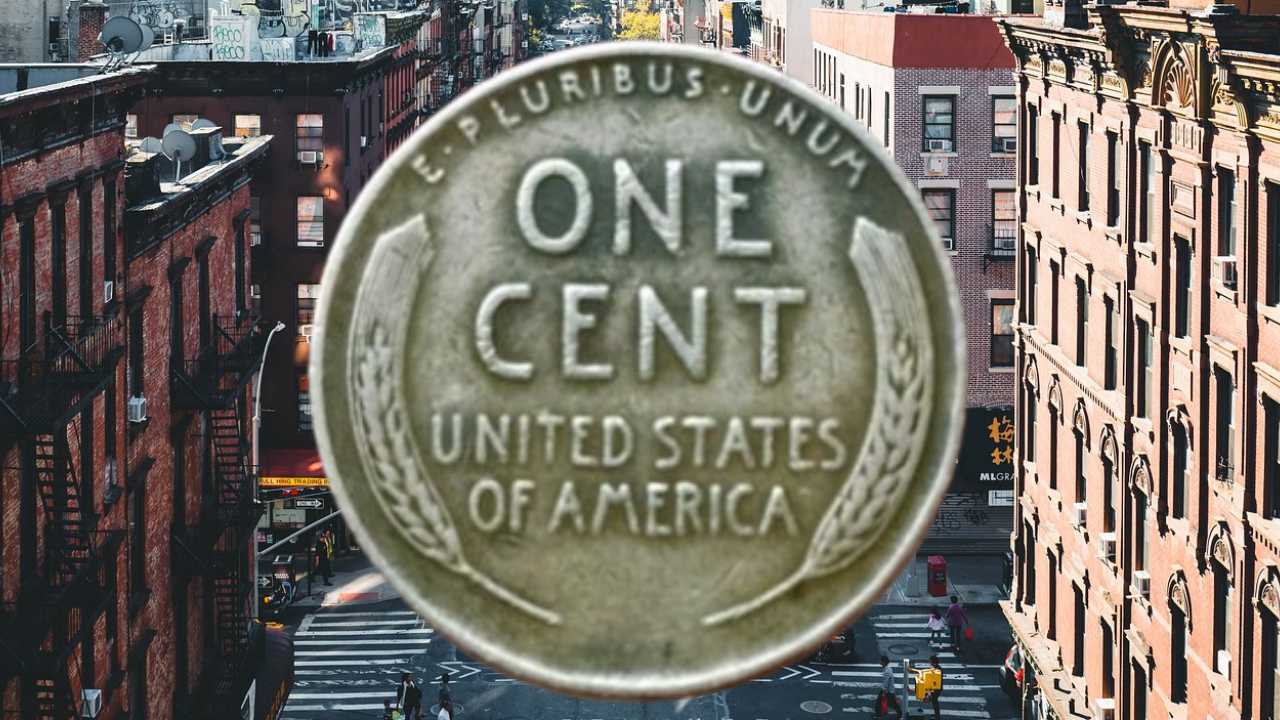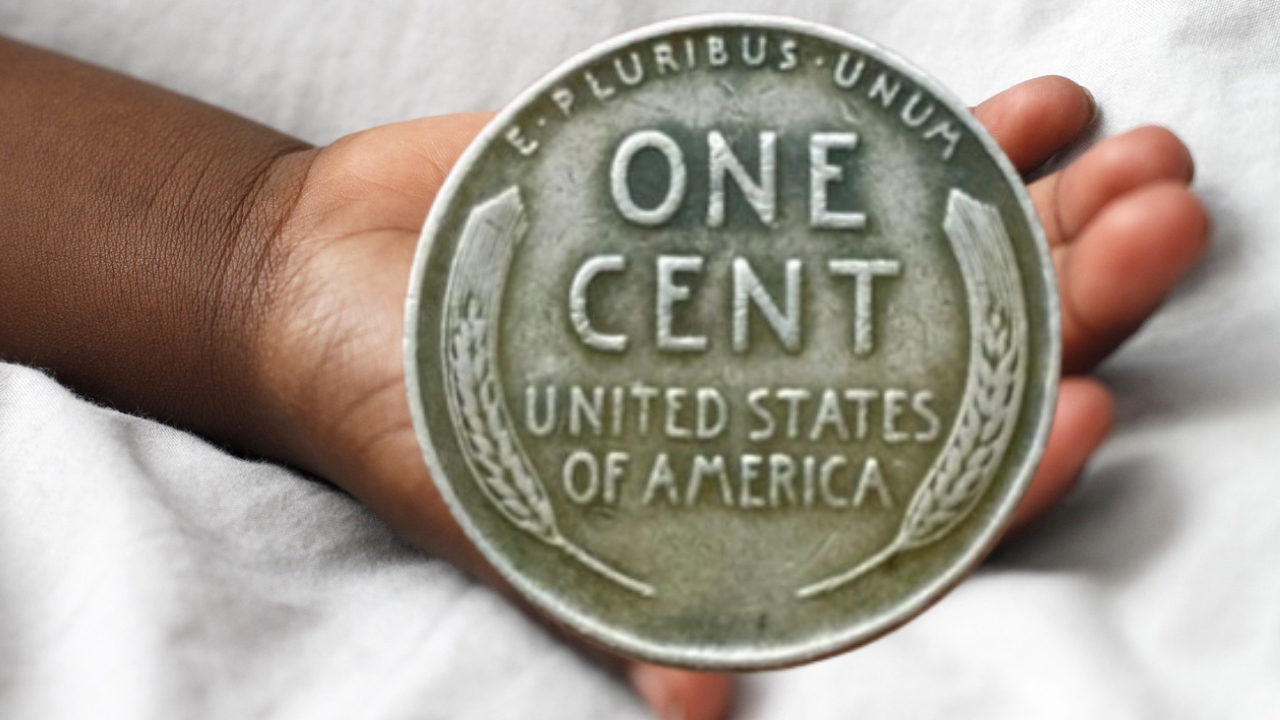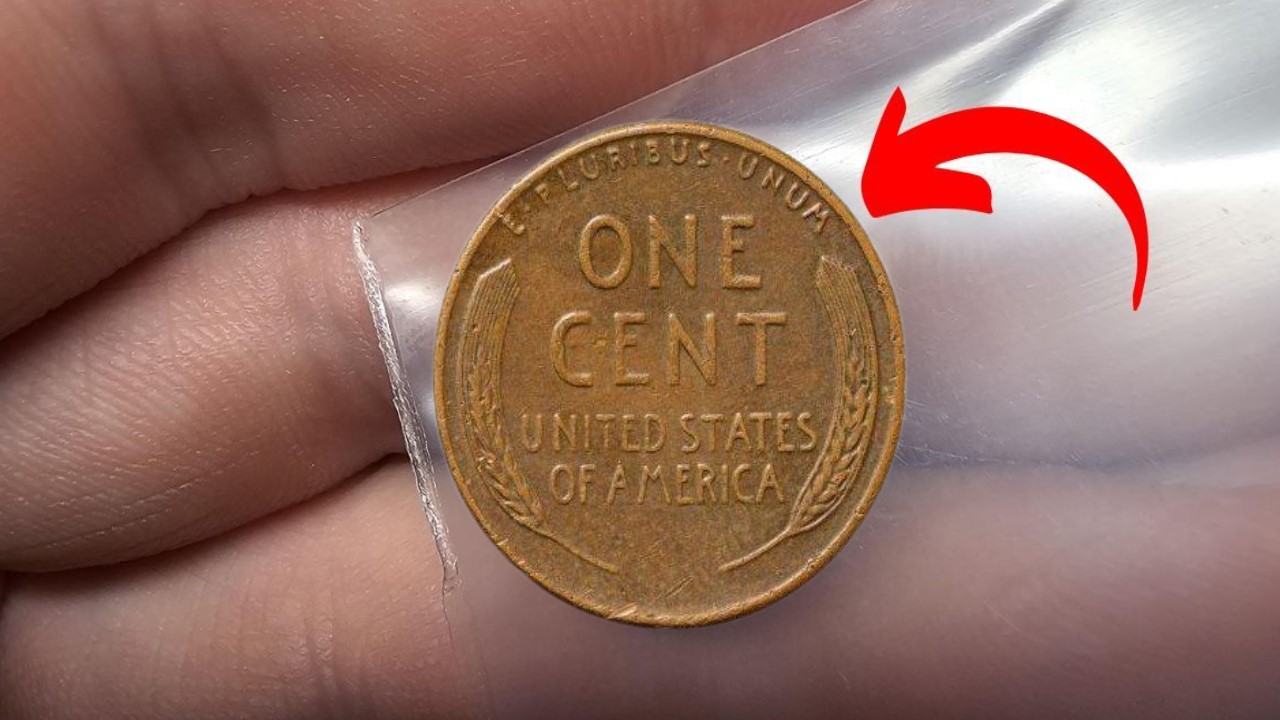The Lincoln Wheat Penny Worth $540 Million: The Lincoln Wheat Penny serves as a reminder that even the most unassuming items can carry tremendous historical and monetary value While most Wheat Pennies are worth only their face value or slightly more, a few rare editions-like the famous 1943 Copper Wheat Penny-have soared in value, collectively estimated to be worth $540 million in the numismatic market So, if you’ve ever tossed a penny into a jar, it might be worth taking a closer look-you could be holding a coin that could change your life.
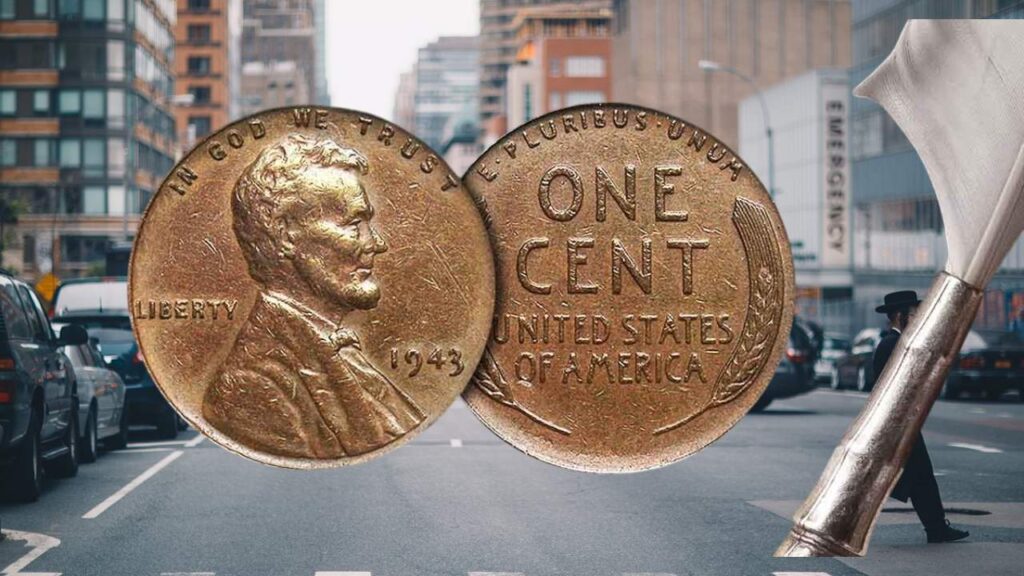
What Is the Lincoln Wheat Penny?
The Lincoln Wheat Penny was minted from 1909 to 1958, making it a key part of American currency for nearly 50 years It was the first U.S. coin to feature a real person, breaking from the tradition of using symbolic figures like Lady Liberty The coin’s obverse showcases President Abraham Lincoln’s profile, while the reverse features two stalks of wheat, symbolizing America’s agricultural heritage-hence the nickname “Wheat Penny.”
Contents
Why Are Some Lincoln Wheat Pennies So Valuable?
While most Wheat Pennies hold little value beyond their face value, certain rare versions are highly sought after for their scarcity, historical significance, and unique features Here are the main reasons some Lincoln Wheat Pennies can be worth a fortune:
1. The Famous 1943 Copper Wheat Penny
During World War II, the U.S. Mint switched to using steel for pennies to conserve copper for military purposes However, a small number of 1943 pennies were mistakenly struck on leftover copper planchets, creating one of the most valuable errors in coinage history.
- Why It’s Special: Copper pennies from 1943 were never supposed to exist, making them rare and extraordinary mistakes
- Value: One 1943 Copper Wheat Penny has sold for as much as $265,000 at auction.
2. Condition Plays a Key Role
Coins that are in pristine, uncirculated condition are much more valuable than those that show wear A coin graded as Mint State (MS) 65 or higher can command a premium price, especially when the coin retains its original luster.
3. Unique Minting Errors
Minting errors such as double dies, off-center strikes, and missing mint marks are highly coveted by collectors These errors are rare, and their uniqueness adds to the story and value of the coin.
4. Rare Dates and Mint Marks
Certain years and mint marks had lower production numbers, which makes those specific coins more desirable For example:
- 1909-S VDB: Only 484,000 were produced, and it features the designer’s initials
- 1922 No D: A die error caused some pennies to lack the Denver mint mark
- 1955 Doubled Die: Features noticeable doubling on the date and lettering.
How to Identify a Rare Lincoln Wheat Penny
If you think you might have a rare and valuable Lincoln Wheat Penny, here’s what to look for:
1. Examine the Year
Any penny minted between 1909 and 1958 could be worth investigating, especially rare years such as 1909-S VDB, 1914-D, and the 1943 copper version.
2. Test the Material
For 1943 pennies, a simple magnet test can help Steel pennies will stick to a magnet, while copper pennies will not If your 1943 penny is non-magnetic, it could be a rare copper version.
3. Look for Mint Marks
Mint marks indicate where a coin was minted:
- “D”: Denver Mint
- “S”: San Francisco Mint
- No Mint Mark: Philadelphia Mint
4. Inspect the Condition and Luster
- Red (RD): Coins with original mint luster are the most valuable
- Red-Brown (RB): Coins with slightly faded luster are still valuable
- Brown (BN): Coins that are fully oxidized are less valuable, but they are still collectible.
What to Do If You Think You Have a Rare Coin
If you believe you’ve found a rare Lincoln Wheat Penny, follow these steps:
1. Seek Expert Evaluation
Consult a professional numismatist or coin dealer to help verify the coin’s authenticity and rarity.
2. Have the Coin Graded
Submit your coin to a reputable grading service such as PCGS (Professional Coin Grading Service) or NGC (Numismatic Guaranty Corporation) A certified grade will boost the coin’s credibility and market value.
3. Preserve the Coin’s Condition
Store the coin in a protective holder or a temperature-controlled environment Avoid cleaning the coin, as this can damage its value.
The Appeal of Lincoln Wheat Pennies
The allure of Lincoln Wheat Pennies goes beyond their potential financial worth-they are rich in historical significance These coins were minted during key moments in American history, including World War I, the Great Depression, and World War II Each penny represents a piece of the era in which it was struck.
Educational and Historical Importance
- Wartime Production: The 1943 steel and copper pennies highlight America’s resourcefulness during World War II
- Cultural Significance: Lincoln’s profile and the wheat stalks represent leadership and prosperity, reflecting the American spirit.
Conclusion
The Lincoln Wheat Penny is more than just a coin-it’s a piece of American history, a work of art, and for a lucky few, a potential fortune Whether you’re an experienced collector or simply someone with a jar of spare change, it’s worth paying attention to these iconic coins From the rare 1943 Copper Penny to the 1955 Doubled Die, each Wheat Penny is a unique blend of history, mystery, and value.
So, the next time you go through your change, take a closer look at those seemingly insignificant pennies You may have a treasure worth millions hiding in plain sight History could be waiting for you to uncover it.
Also Read
